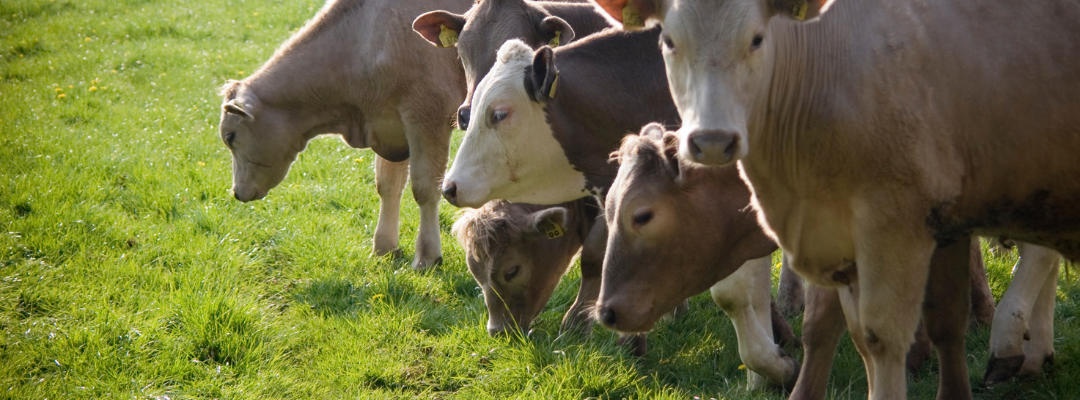Cow culling, as indicated by the weekly cow slaughter data, is starting to increase going into the last quarter of the year but cow slaughter normally peaks in the Fall because that’s when more beef cow culling decisions are made. For the week ending September 23rd, the last data available, 127,600 cows went to federally inspected plants, the largest week since the last week of June. For the year, cow slaughter has totaled 4.8 million head, 5.6 percent less than last year.
The total cow slaughter data masks the different seasonal patterns for beef cows and dairy cows. Beef cow slaughter typically peaks in the Fall and is at its lowest around February-March. Beef cow slaughter is down 13.4 percent compared to a year ago. The data is reported by region with Region 6 including Texas, Oklahoma, Louisiana, and Arkansas. The rest of the South (except Virginia) are reported in Region 4. Beef cow slaughter in Regions 4 and 6 are 4.9 and 19.3 percent lower than last year, respectively. Cow culling in the deep South has not fallen as much as the average across the country, while slaughter in the western part of the South has fallen faster than the average. That may suggest some ability or willingness to try to expand herds in different parts of the region.
Dairy cow slaughter typically peaks in the January-March period. Low milk prices and margins have triggered more culling this year with dairy cow slaughter 4.6 percent higher than last year. Higher prices and improving margins over the last 3 weeks have finally pulled down dairy slaughter below a year ago.
Cull cow prices appear to have topped out seasonally and are starting to decline. Southern Plains auction prices declined to $72 per cwt last week, their lowest since June. While tight beef supplies are keeping prices high, the cull market loses the impact of grilling season demand once we are past Labor Day.
What to Watch For?
Even though beef cow culling normally increases this time of the year, watch for weekly slaughter relative to last year and the 5-year average. The opportunity to begin herd expansion may begin with a smaller Fall run of cows this year, maybe even with a couple of weeks below the 5-year average. We most likely saw the biggest weekly beef cow slaughter of the year back in January. On the dairy side, watch for slaughter to remain below the 5-year average in the coming weeks. Have enough dairy cows been culled to support a path to profitable production? Can some cows be profitably held over the winter to take advantage of seasonal price increases next year with the added bonus of improved weight and quality along with, maybe, a calf to sell too?



Anderson, David. “Cow Culling Climbing Seasonally.” Southern Ag Today 3(41.2). October 10, 2023. Permalink

